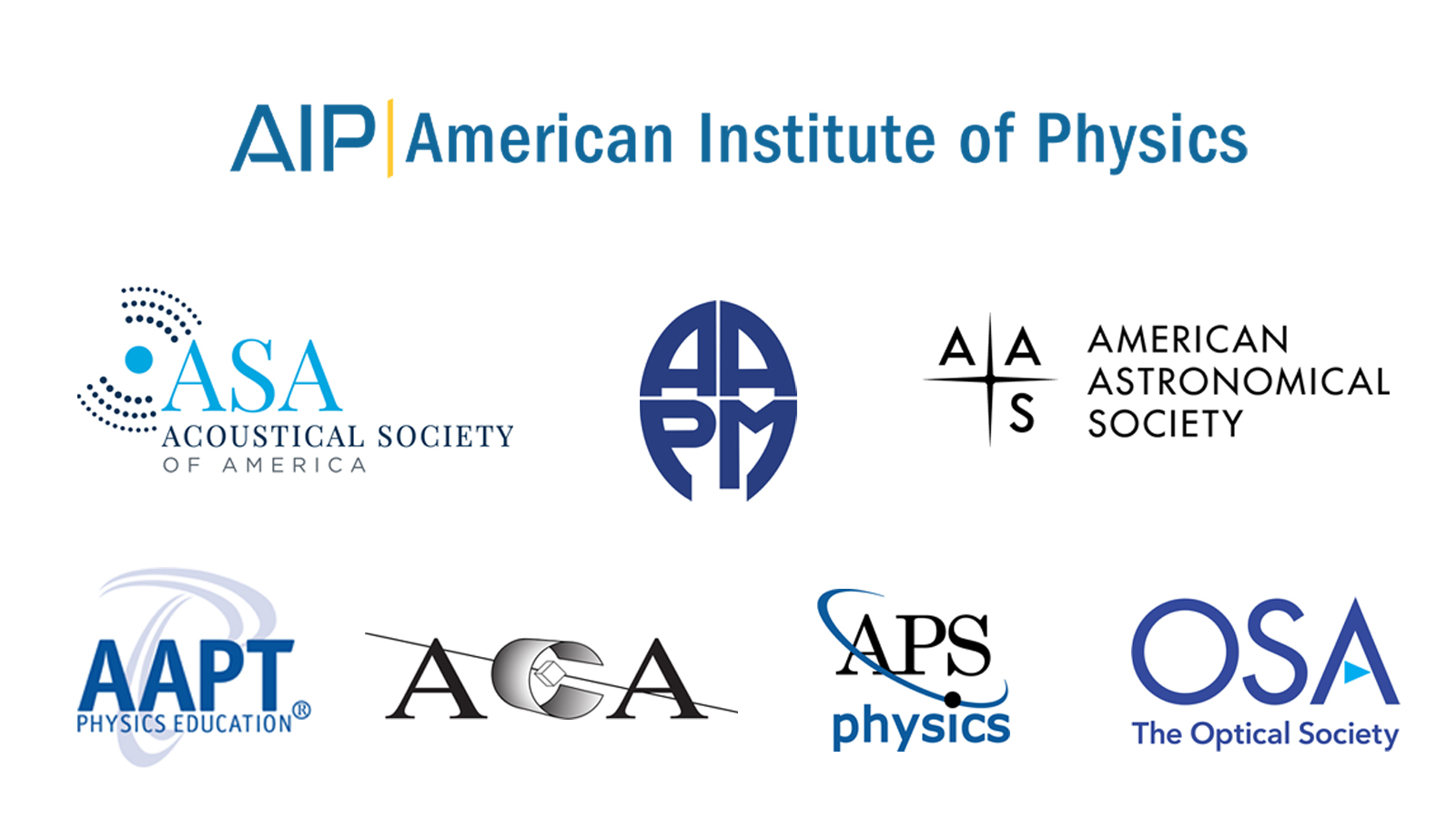Ata Sarajedini, Ph.D., was elected for his contributions to the field of resolved stellar populations as applied to the formation and evolution of star clusters and galaxies, extensive service to the astronomical community through leadership of committees, and outstanding efforts in public service such as hosting the “Astronomy Minute” podcast.
Tag: AAS
Protected: Science Results From NRAO Facilities to Be Presented at Multiple AAS 241 Press Conferences
Five new scientific results from the Atacama Large Millimeter/submillimeter Array (ALMA), the Very Large Array (VLA), and the Green Bank Observatory (GBO) will be revealed at multiple press conferences during the 241st meeting of the American Astronomical Society (AAS) from January 8 to 12, 2023, in Seattle, Wash.
Undergraduate Researcher Captures Young Galaxy’s “Coming of Age” and Finds Evidence That Early Galaxies May Be Bigger and More Complex Than We Thought
Scientists using the Atacama Large Millimeter/submillimeter Array (ALMA)— an international observatory co-operated by the US National Science Foundation’s National Radio Astronomy Observatory (NRAO)—have observed a significant amount of cold, neutral gas in the outer regions of the young galaxy A1689-zD1, as well as outflows of hot gas coming from the galaxy’s center. These results may shed light on a critical stage of galactic evolution for early galaxies, where young galaxies begin the transformation to be increasingly like their later, more structured cousins. The observations were presented today in a press conference at the 240th meeting of the American Astronomical Society (AAS) in Pasadena, California, and will be published in an upcoming edition of The Astrophysical Journal (ApJ).
Equipo científico en busca de fósiles de formación planetaria revela inesperadas excentricidades en disco de escombros cercano
Gracias al Atacama Large Millimeter/submillimeter Array (ALMA), un equipo de astrónomos y astrónomas obtuvo la primera imagen de un disco de escombros de la estrella cercana HD 53143 en longitudes de onda milimétricas, y el resultado dista mucho del que se esperaba. Sobre la base de datos coronagráficos, la comunidad científica esperaba que ALMA confirmara que el disco tenía el aspecto de un anillo visto de frente y con aglomeraciones de polvo. En cambio, el estudio reveló el disco más complejo y excéntrico observado a la fecha.

AIP CEO, Others Sign Pledge to Reaffirm Inclusion, Diversity Efforts in Workplace
The executive leadership of the American Institute of Physics and seven of its Member Societies have joined more than 1,500 other leaders in signing the CEO Action for Diversity and Inclusion pledge, recommitting their organizations to advance diversity and inclusion in the workplace. The pledge, currently signed by CEOs across 85 industries, was created by CEO Action for Racial Equality, a fellowship to advance racial equity through public policy.